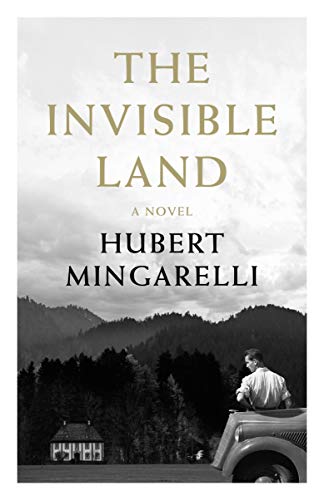The Invisible Land
In the immediate aftermath of World War II, an unnamed British war photographer sets out on a random road trip northward across Germany, accompanied by his driver O’Leary, a young signaller he has only just met. His aim is to photograph ordinary German civilians standing outside their homes, though he himself seems unsure why this compulsion has gripped him. But the further they travel, the more obvious it becomes that both men have been scarred by events from their past that neither wants to speak of.
This French literary novel is billed as the third part of a loose trilogy, but that shouldn’t put anyone off from reading it as a standalone book, since I gather the links with the other books are more in terms of themes than characters or plot. This slim novel – almost a novella – is a deceptively easy read. On the face of it, nothing much happens, until nearly the end, but little glimpses are offered of the nameless narrator’s experiences during the later stages of the war and the nightmares he has about the unnamed camp whose liberation he witnessed. Both he and O’Leary try to break through one another’s reserve, to discover where the urge for this road trip comes from or why O’Leary preferred to sleep on the sand dunes of Lowestoft rather than in his own home. However, neither of them quite succeeds.
The writing style is very pared back, reminiscent of Hemingway, so it will depend on individual readers’ tastes how far they are drawn in by this novel. Personally I found it interesting on an intellectual level without engaging my emotions. It’s the sort of book that leaves you at the end with more questions than answers.










